|
TIME LINE
|
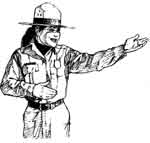 |
(Before
Recorded
History)
|
2,000 years ago a volcanic
eruption creates the
Broken Top Flow. 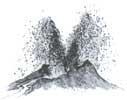
2,000 years ago the Shoshone built rock rings at
Indian Tunnel. 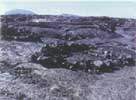
|
1805
|
Lewis and Clark cross northern
Idaho enroute to the Pacific Ocean.  |
1830
|
John Work and a brigade of fur trappers
nearly perish trying to cross the
Snake River Plain from south to north.  |
1833
|
Army Captain Benjamin Bonneville explores
the area with instructions to report back
his findings to the War Department. 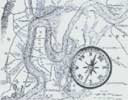 |
1862
|
Tim Goodale leads 820 emigrants, 338 wagons,
and about 1,4000 head of livestock
across a cutoff of the Oregon Trail
that came to bear his name.  |
1901
|
Israel Russell with the Geological Survey
explores the area and provides the first
geologic description of what he calls
the Cinder Buttes. 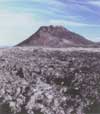 |
1920
|
Robert Limbert hikes the entire length of the Great Rift
and widely promotes the region
for status as a national park. 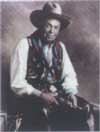 |
1923
|
Harold Stearns, a geologist, describes the area as
the most recent example of a
fissure eruption in this country and recommends
it be preserved as a national monument. 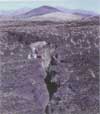 |
1924
|
Limbert's article "Among the Craters of the Moon"
is published in NATIONAL GEOGRAPHIC MAGAZINE. 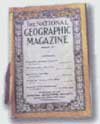
President Calvin Coolidge signs a proclamation
creating Craters of the Moon National Monument. 
|
1925
|
First custodian Samuel Paisley constructs the first
visitor center near Registration Waterhole
and receives a salary of $12 per year. 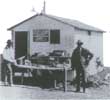
|
1927
|
Waterholes that supplied water to the monument
dry up following a series of
earthquakes and water has to be hauled in
for four years. 
A troop of Boy Scouts discovers
Boy Scout Cave. 
The Craters Inn and several cabins are
built for convenience of visitors. 
|
1931
|
A waterline supplying water from springs in the
north end of the monument to the
campground and headquarters building completed.  |
1956
|
The Mission 66 Program initiates construction
of today's road system, visitor
center, shop, campround and comfort station. 
|
1959
|
The Craters of the Moon Natural History Association
formed to assist the monument
in educational activities.  |
1962
|
Addition of an island of vegetation completely
surrounded by lava known as
Carey Kipuka increases the size of the
monument by 5360 acres.  |
1967
|
Study of mule deer completed.  |
1969
|
NASA astronauts Alan Shepherd, Edgar Mitchell,
Eugene Cernan, and Joe Engle
explore the monument while training to
visit the moon.  |
1970
|
Congress creates the Craters of the Moon Wilderness,
the first such designation within
the National Park Service.  |
1983
|
Mt. Borah earthquake with a magnitude of 7.3
on the Richter scale felt at the
monument but does little damage.  |
1992
|
Dedication of first totally accessible trail
at Devils Orchard 
The first Winterfest, a mid-winter event
to encourage family fun in the snow,
is held. 
|
1993
|
Guided walks and programs attended
by over 12,000 visitors.  |
1994
|
Visitor center lawns removed to eliminate
the attraction that was causing
deer to be killed while crossing the highway. 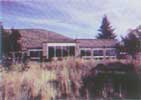
|
1997
|
New exhibits installed in visitor center. 
Over 6,000 school children visit the monument. 
|
|
1999
|
75th Anniversary Celebration.  |
2000
|
Monument expanded to include all of the Great Rift Zone. Cooperative management initiated with the Bureau of Land Management.
|




































